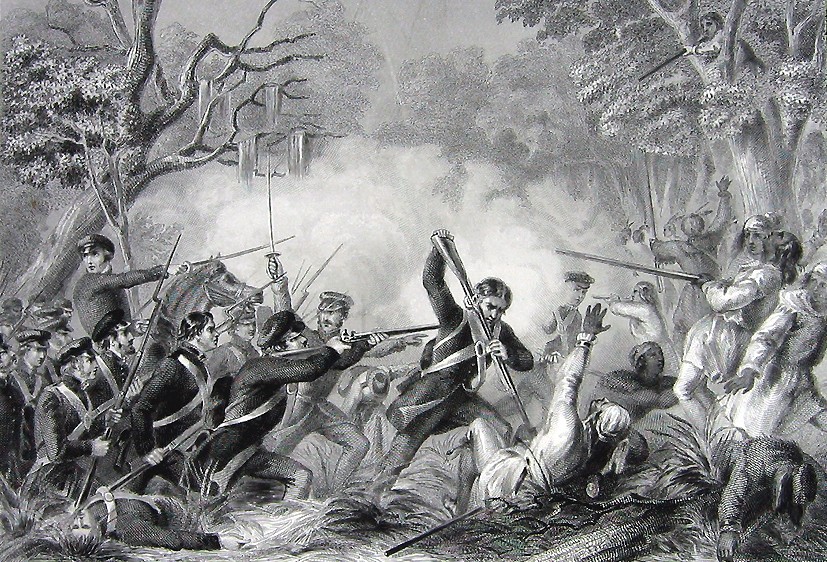Life wasn’t easy for the soldiers serving at Fort King during the Second Seminole War. Florida was a hostile and difficult environment. There were insects and animals they were not familiar with, their wool uniforms were not well-suited to Florida’s tropical climate, and they would be forced to share living spaces with livestock. Food rations were scarce and alcohol use was widespread.
A letter excerpt from Samuel Forry, who was a surgeon at the fort on September 1837, said, “Nearly the whole garrison is, at this moment drunk. Catalonia has, of course, arrived, and a large supply of kindred drinks by the wagon train. This post has become quite unhealthy. There are now forty cases on the sick list, mostly intermittent fever.”
There Were Some Significant Events on Christmas Day
During the Second Seminole War, three significant events happened on and around Christmas Day.
December 25th – 28th, 1835
Major Francis Langhorne Dade and his 111 men were on a supply trip to Fort King. They bivouacked in Dade City that day along the 125 miles from Fort Brooke to Fort King. This was to be the last Christmas for all but four of the men. Three days later, about 20 miles north of their Christmas campsite, the Dade Massacre happened. This event is considered to be the start of the Second Seminole War.
Dade had relaxed his vigilance on December 28th. Though he’d sent forward an advanced guard, he omitted the flankers, which exposed his column to fire from the 180 Seminole who hid amongst the pine trees, tall grass, and clusters of palmettoes. and his troops were attacked by 180 Seminole Indians.
More, as it was a chilly day, the men had their overcoats buttoned over their ammunition boxes, and thus they were not prepared to meet the attack. The most detailed account of the battle is from Ransome Clark, who was a private who escaped. He was the only survivor who witnessed the entire battle. His account states that he heard a rifle shot in the direction of the advanced guard, followed by a musket shot. He states that before he had time to think of their meaning, a volley was poured upon them from the front and the left.
Christmas Day, 1837: Battle of Okeechobee

On December 25, 1837, a band of 380-480 Seminole fighters gathered on the northeast corner of Florida’s Lake Okeechobee. They were prepared and ready to halt Colonel Zachary Taylor and his armies. His forces included 70 Delaware Indians, 180 Tennessee volunteers, and 800 United States soldiers. The Seminoles were vastly outnumbered.
As Taylor’s army approached, the Seminole archers perched in the trees and the tall grass. They first targeted the Delaware Indians, which caused them to flee. After that, the Tennessee riflemen took charge, but a fire brought down their officers and noncommissioned officers. The Tennessee volunteers left after that. This left the U.S. Sixth Infantry, Fourth Infantry, and his own First Infantry. Taylor ordered them to advance. The Seminole’s accurate rifle fire brought down every officer save for one, plus most of the noncommissioned officers.
There were 26 United States soldiers killed that day, and 112 were wounded. This was seven U.S. soldiers killed for every Seminole, and Taylor had taken no prisoners.
Though this was the most decisive victory for the Seminole in more than four decades, Taylor still declared victory, claiming the Indians were driven in every direction. He was promoted and later became the 12th president of the United States, despite the fact that it was a complete loss.
Christmas Day, 1837: The Forming of Fort Christmas
On the same day U.S. Soldiers were fighting at Lake Okeechobee, Brigadier General Abraham Eustis arrived at Fort Christmas with 2,000 U.S. Army Soldiers and Alabama militiamen, 1,000 horses, and 70 wagons. They began building the fort and completed it in just over a week. It would house a fixed garrison of two companies until it was abandoned in 1845 with the conclusion of the Second Seminole War.


